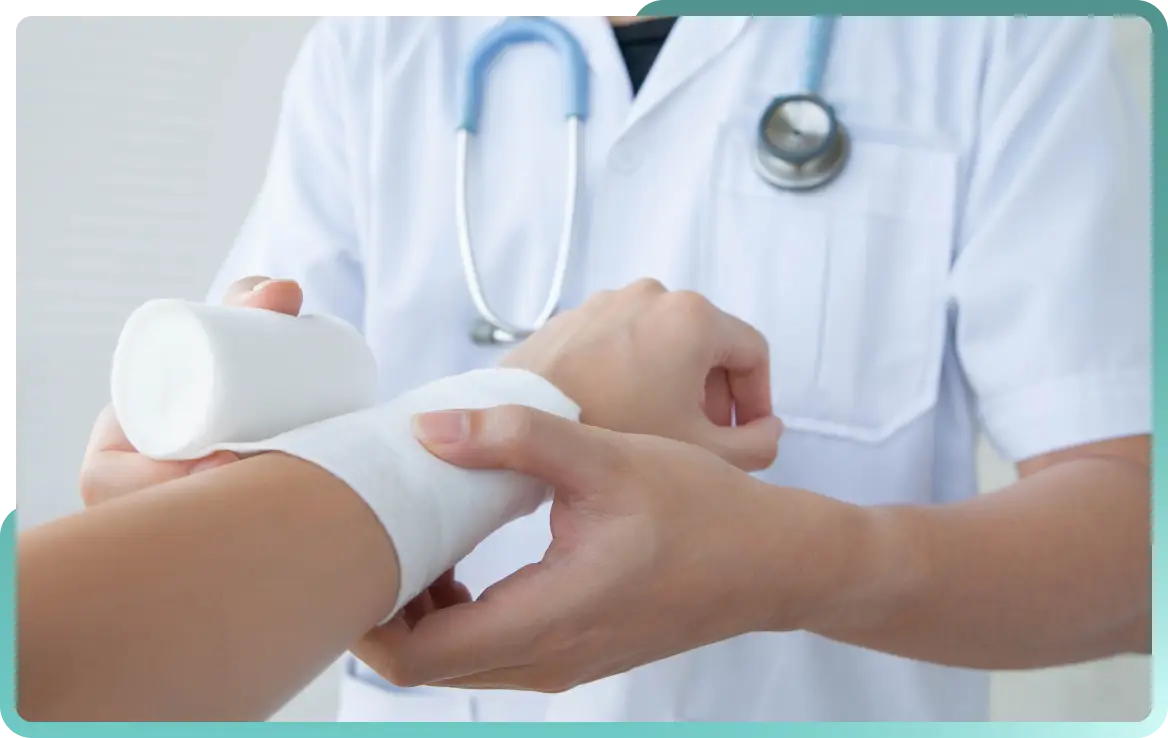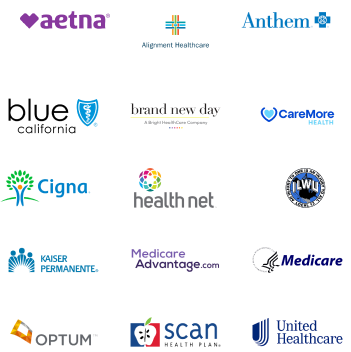Burns

Overview
What is a Burn?
A burn is a type of skin injury that occurs when some or all of the different layers of cells in the skin are destroyed by a hot liquid (scald), a hot solid (contact burn), or a flame (flame burn). Burns also happens when the skin comes in contact with cold, electricity, chemicals, or radiation. Depending on the severity of the incident, a burn can extend down through the entire depth of the skin and can even affect the tissues underneath, such as fat, muscle, or bone.
Burns are classified into first, second, and third-degree burns. First-degree burns only involve the top layer of the skin, causing redness and pain but not blisters. Second-degree burns involve the top two layers of the skin and can cause red, white, or splotchy skin, swelling, and pain. They can also lead to the formation of blisters. Third-degree burns, the most severe, destroy the entire skin depth and underlying tissues. They can cause the skin to appear white or charred and can either be extremely painful or surprisingly painless if nerve endings are damaged.
Symptoms & Causes
What Causes a Burn?
Burns can occur from a wide array of sources, each producing a unique type of burn injury. The most prevalent cause of burns globally is exposure to heat, from sources such as open flames, hot liquids or steam, or hot objects. These heat sources can cause burns referred to as thermal burns.
Types of Burn
Thermal Burns (Heat)
Thermal burns can further be classified into three types. Flame burns result from exposure to high temperature flames, which can ignite clothing or directly harm the skin. Scald burns are caused by hot liquids or steam and are especially common in young children. Contact burns happen when skin comes into direct contact with heated objects, such as hot metals, glass, or certain types of plastics.
Electrical Burns
Electrical burns are another category, resulting from exposure to an electric current. This can occur from touching exposed wiring, misuse of electrical equipment, or from lightning strikes. These burns can cause significant internal damage that isn't immediately visible on the skin.
Chemical Burns
Chemical burns happen when skin or eyes come into contact with an irritant or corrosive substance. Acids, alkalis, and certain detergents or solvents can cause chemical burns. These types of burns can occur in various settings, including the home, garden, or workplace, especially in industrial or laboratory environments.
Radiation Burns
Radiation burns arise from excessive exposure to ultraviolet light (from the sun or tanning beds), X-rays, or radiation therapy used for cancer treatment. Sunburn is a common type of radiation burn that most people have experienced.
Cold Burns (Frostbite)
Cold burns are caused by the freezing of skin and underlying tissues when exposed to very cold temperatures. This is a common injury in extreme winter weather or at high altitudes.
Each of these burn types has distinct characteristics and requires specific management strategies. Understanding the causes can aid in prevention and treatment, reducing the risk of severe injury and complications.
What Are Signs of a Burn?
The signs and symptoms of a burn can significantly vary depending on its severity or degree.
Minor or First-Degree Burns
You might notice skin redness and slight swelling and experience mild to moderate pain. These burns only involve the top layer of the skin (the epidermis) and usually heal nicely with minimal scarring.
Second-Degree Burns
Involve the top two layers of the skin (the epidermis and dermis). Signs include skin that appears red, blistered, and may look wet. These burns cause pain, redness, and swelling and can result in scarring.
Third-Degree Burns
The most severe; these burns destroy all layers of the skin and underlying tissues. The skin's surface might look waxy, white, leathery, brown, or charred. Blisters may not be present, and the area may be numb due to destroyed nerve endings.
Diagnosis
How Are Burns Diagnosed?
Burns are typically diagnosed by healthcare professionals based on a comprehensive physical examination and patient history. A thorough skin inspection will allow a doctor to assess the extent and degree of the burn by observing the skin's appearance, determining the size of the burn, and testing for sensation in and around the area.
For instance, a first-degree burn usually appears red and painful, while a second-degree burn may appear red, blistered, and swollen. A third-degree burn may appear white or charred and not hurt if nerve endings are destroyed. Furthermore, the doctor will look for signs of infection, which can complicate healing and lead to more severe health problems.
To assess the patient's overall health status, the doctor may ask about current medications, allergies, tetanus immunization status, and other health conditions that might affect the healing process. In severe cases, especially with electrical burns or suspicion of inhalation injury, the doctor may order additional tests such as blood tests, X-rays, or other imaging scans.
Management & Treatment
How Are Burns Treated?
Burn treatment varies greatly depending on the severity of the burn, the cause of the burn, the part of the body that's been affected, and the patient's general health status. Mild burns, often referred to as first-degree burns, can usually be treated at home unless they cover a large area or are located on the face, hands, feet, genitals, buttocks, or over a major joint.
Home treatment includes cooling the burn with cool (not cold) running water to reduce heat and inflammation, gently cleaning the burn with mild soap and water, applying an over-the-counter burn ointment, and covering the burn with a sterile nonstick dressing. Over-the-counter pain medication can also be used to alleviate discomfort.
However, more severe burns, including most second-degree and third-degree burns, require immediate medical attention. These burns are usually treated in a hospital, and treatments may include antibiotics to prevent or treat infection, pain management medications, special burn dressings or creams, and even surgery.
This can include skin grafts, where the skin is taken from an unaffected part of the patient's body and transplanted to the burn wound to aid healing. In some cases, patients may need to undergo physical therapy to prevent long-term movement problems.
Prevention
How Are Burns Prevented?
Preventing burns is an essential aspect of overall safety. Prevention involves several measures such as being cautious while handling hot items or substances, adhering to fire safety guidelines at home and in the workplace, and wearing sun protection like sunscreen, hats, and appropriate clothing while in the sun.
For chemical or electrical burns, following safety guidelines and using proper protective equipment is crucial. Regular maintenance of electrical appliances, cords, and outlets at home and in the workplace can help to prevent electrical burns. Avoid excessive exposure to the sun for radiation burns and always protect yotheur skin when using tanning beds.
We’ve Got You Covered
Our goal is to provide urgent medical care to anyone in the area in their time of need at a cost that is right for them.
Insurance & Pricing
